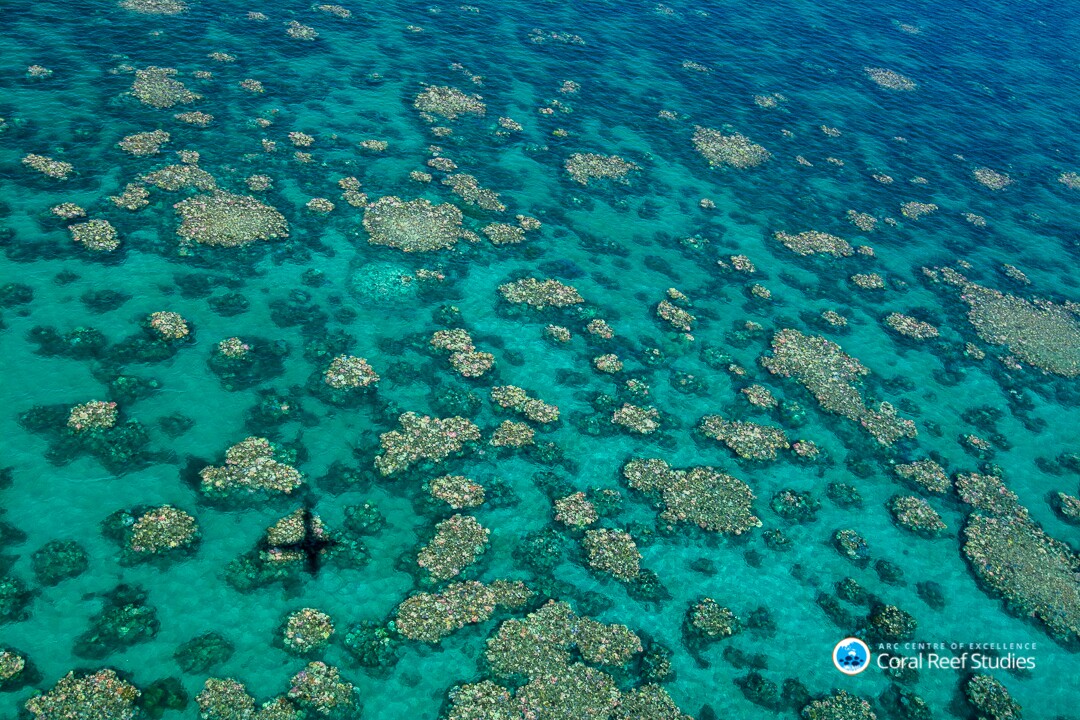After a study last month revealed that the Great Barrier Reef was suffering a coral bleaching event for the second consecutive year, scientists have completed an aerial survey of the reef offering more evidence of the environmental catastrophe that is currently taking place.
Before this year there had been three major bleaching events identified in the modern history of the reef - 1998, 2002 and 2016. Researchers last month identified the signs of another bleaching event taking place this year, but it wasn't until the visual surveys were completed that the situation could be definitively confirmed.
The same scientists who undertook observations in 2016 recently completed an aerial survey of the reef covering more than 8,000 km (5,000 mi), examining 800 individual coral reefs. The survey identified new patches of bleaching across the middle third of the reef, an area previously undamaged in the 2016 event.

The back-to-back bleaching events, and the increased spread south of the damage now leaves only the southern third of the reef untouched, and while bleached coral doesn't necessarily mean the coral is dead, the dual impact of these losses decreases the reef's natural ability to repair itself.
"It takes at least a decade for a full recovery of even the fastest growing corals, so mass bleaching events 12 months apart offers zero prospect of recovery for reefs that were damaged in 2016," explained Dr James Kerry, who was part of the recent aerial surveys.
In tandem with this new bleaching event, a 100-km (62-mi) corridor of the reef was recently damaged by Tropical Cyclone Debbie in late March. Despite the cyclone potentially offering a cooling effect that could have mitigated the ongoing bleaching, the researchers noted that the damage caused by the violent weather pattern rendered any positive effects negligible.

"Clearly the reef is struggling with multiple impacts," explains Professor Terry Hughes, who undertook the recent surveys with Dr James Kerry. "Without a doubt the most pressing of these is global warming. As temperatures continue to rise the corals will experience more and more of these events: 1° C (1.8° F) of warming so far has already caused four events in the past 19 years."
The scientists noted that this year's mass bleaching seems to be occurring without the assistance of El Nino weather patterns, which highlights the impact of global warming and general sea temperature rises as the primary culprit.















